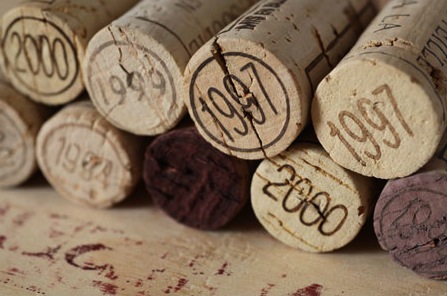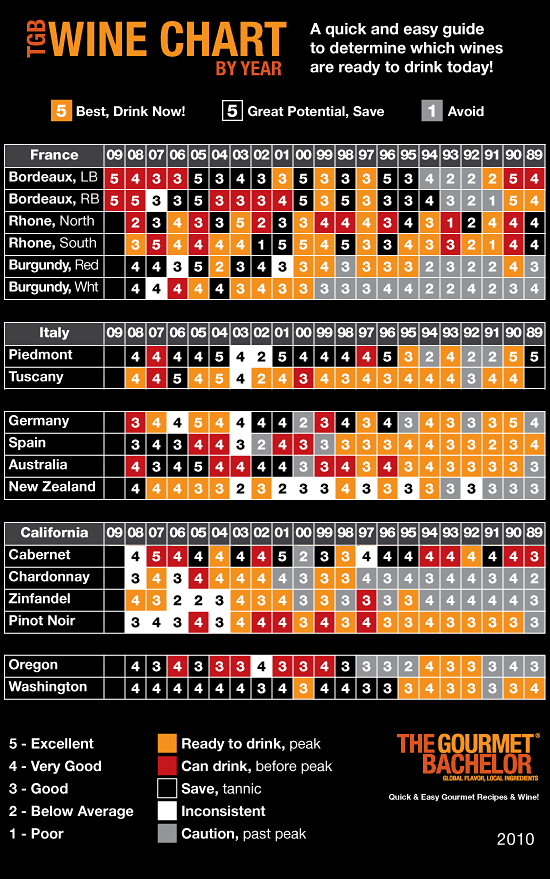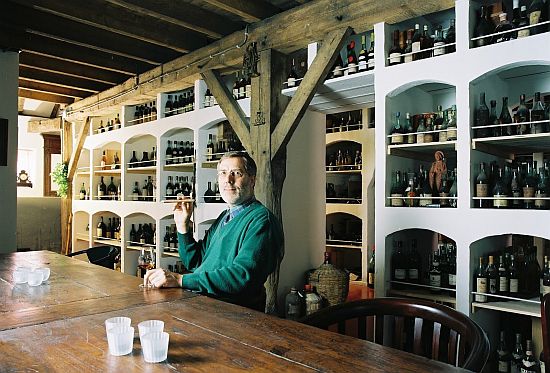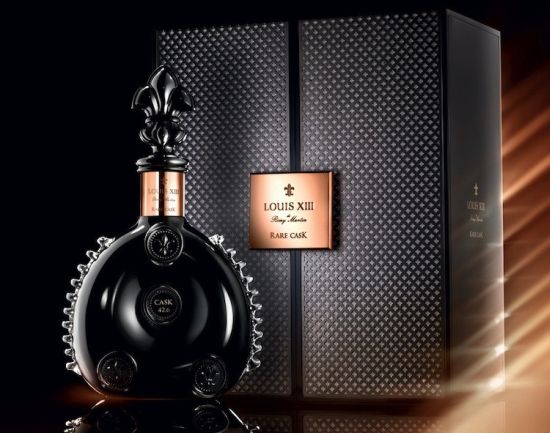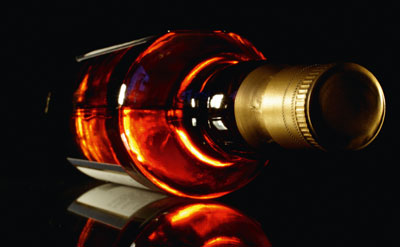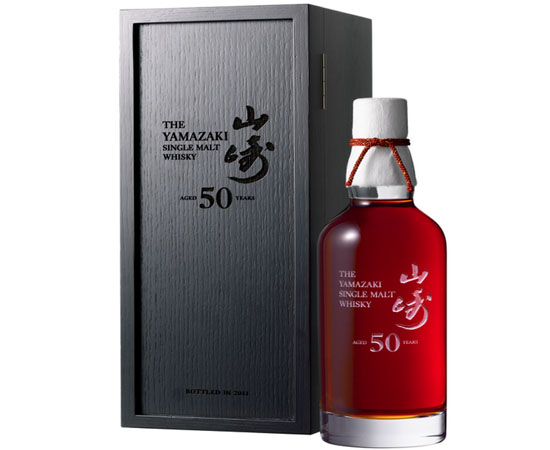When it comes to wine, vintage is the big one, the thing most people tend to find complicated and confusing. But the bottom line is that it’s all actually quite simple. A wine’s vintage simply tells you which year the grapes were picked.
Almost all still wines come from a single vintage, and the labels on the bottles will show the year in which the wine was made. The few exceptions to this rule are a few cheap and barely drinkable wines, or branded wines, such as Piat D’Or or Blue Nun.
Fortified and sparkling wines, including Champagne, tend to be non-vintage, however. This is because they are frequently created from a blend of different vintages, with the aim of creating a consistent ‘house style’. The exception to this particular rule, however, is that, in an outstanding year, Vintage Champagne and Vintage Port will be made.
In both cases, it is down to the producer to decide whether a year is sufficiently good to produce a single vintage wine. Port is matured in oak barrels for two years before it is assessed to determine its quality – only then will the decision be made as to whether a vintage will be declared. The conditions have to be just right to produce grapes of a sufficiently high quality to make Vintage Champagne – as a rule, this means that there are usually only about four or five such vintages in a decade.
But why should one vintage be any different from another?
The answer lies in the weather. The micro-climate of any particular wine-growing region varies, sometimes quite dramatically, from one year to the next. Different grape varieties respond to different climatic conditions in their own particular way. On the whole, for instance, Syrah/Shiraz responds particular well to dry, sunny conditions that favour the ripening of its sugars, a key ingredient of its heady, alcoholic kick – that’s why growers in South Australia’s Barossa Valley have been particularly successful in producing wines made from this grape. On the other hand, Sauvignon Blanc responds well to somewhat cooler, damper conditions, which is why it thrives in the Loire Valley and New Zealand’s South Island.
Poor weather conditions – those that are not appropriate for whatever grape variety is being grown – are the true test of a good producer, for it is his (or her) knowledge and experience, through manipulation of the vinification process and skilfull blending, that extracts the best possible performance from the grapes. It is said that a great winemaker can create a good wine from poor grapes; but a mediocre winemaker will only make an average wine, even he has if a harvest of perfect grapes.
But even the most superior of winemakers is sometimes tested by the elements. The El Niño cycle, whose effect is particularly strong in Australia, can result in unpredictable weather patterns, with attendant complications for the area’s wine producers. Heavy rains in 1993 resulted in a disastrous vintage of light wines; two years later, in 1995, drought conditions led to very low yields indeed, although the grapes did ripen well. Luckily, the weather sometimes works in Australia’s favour – the long, warm summer of 1998 gave rise to an exceptional vintage.
Does Vintage Matter?
When we think of the word “vintage” we often think of something old that is good enough in some way to keep around. Cars, clothing, and memorabilia from previous eras are “vintage” when we value the age they represent and the current trend has brought it back into style. In fact, their age sets them apart from their modern counterparts. We often connect the vintage with “classic,” and we also connect these both to “good.” But when it comes to wines, is vintage always good? The truth is that vintage wines can be an important quality, but not in all situations.
The word “vintage” does not have the same meaning for wines and classic cars. When considering a vintaged wine, the vintage is referring to a wine produced in a particular area in a particular year. Just glance at any label and you will see a wine’s vintage when you read its location and year of origin. Do understand, though, that certain countries allow their wines to be mixed with wines from other years – they do this to maintain a consistent taste in the wine over time. This ratio of old wine mixed with new will vary between countries, but is generally between 75%-95%.
To understand the vintages of wines better, you can see how your vintage is rated on a vintage chart.
Vintage Charts
As seasons come and go, the mother nature brings with it good and bad years for wines. A vintage chart helps catalogue which years for which wines were good, and which were bad. The factors that contribute to the good or bad rating a vintage chart lists include climate, region, weather, and so on. Grapes are subject to even slight alterations in conditions, like a small temperature change or extended harvest – and these small changes make the difference between a good wine and a wine you shouldn’t waste your taste buds on. If you’re looking for a vintage chart, many are available inside of major wine publications, such as Wine Spectator, Wine Enthusiast, Wine Advocate, and so on. Many wine enthusiasts refer to these charts as guides when selecting their next wine purchase.
Remember that a vintage chart is not a guaranteed seal of approval: just because a certain region had a great vintage year doesn’t mean that all of the wine from that area is going to be good. The vintage chart is only a guide that provides estimates and recommendations, not guarantees. If you really want to use a vintage chart effectively, use it as a portion of your wine purchasing toolbox: consult charts, experts’ opinions, and your own experiences and preferences to find a wine that is truly pleasing to you.
The vintage’s importance is debatable. Although it serves as a guide, it is possible that high quality modern farming techniques can turn a so-so year into a good one. Vintage’s relevance also depends on the types of wines you purchase. The wines that elude the grip of the vintage chart are the wines that are not meant to age; young wines and wines with no aging potential are the exceptions to such charts. For example, Carlo Rossi table wines don’t list a vintage because their shelf life is so short.
So before leaping to a vintage chart, consider what wines you plan on purchasing. If you’re a diehard collector or want to purchase a gift for a wine lover, then definitely consult these charts and consider the vintage. But if you’re just looking for a good drink, don’t worry too much about the vintage – just enjoy.
Credit:
http://citywinecellarblog.com/

